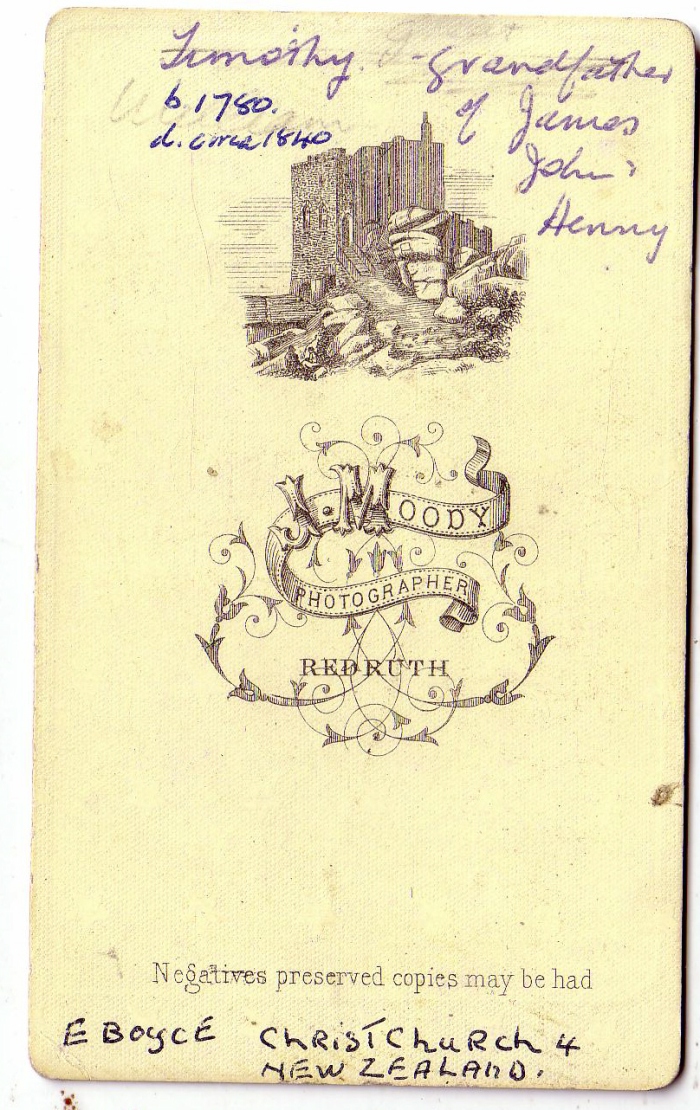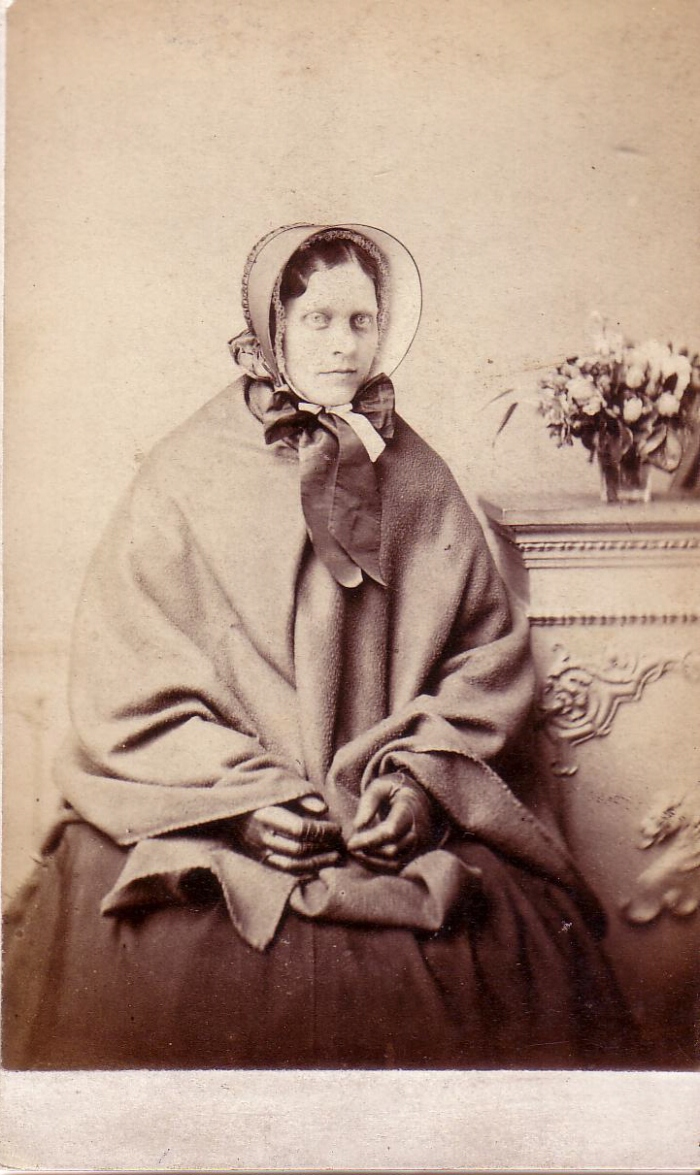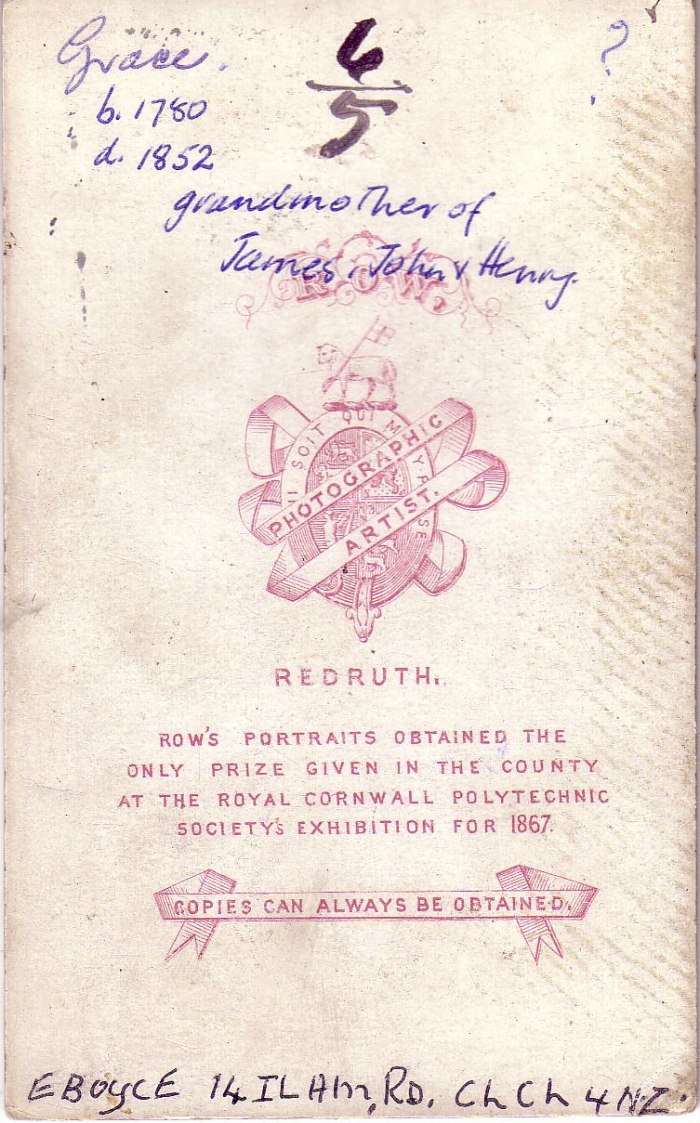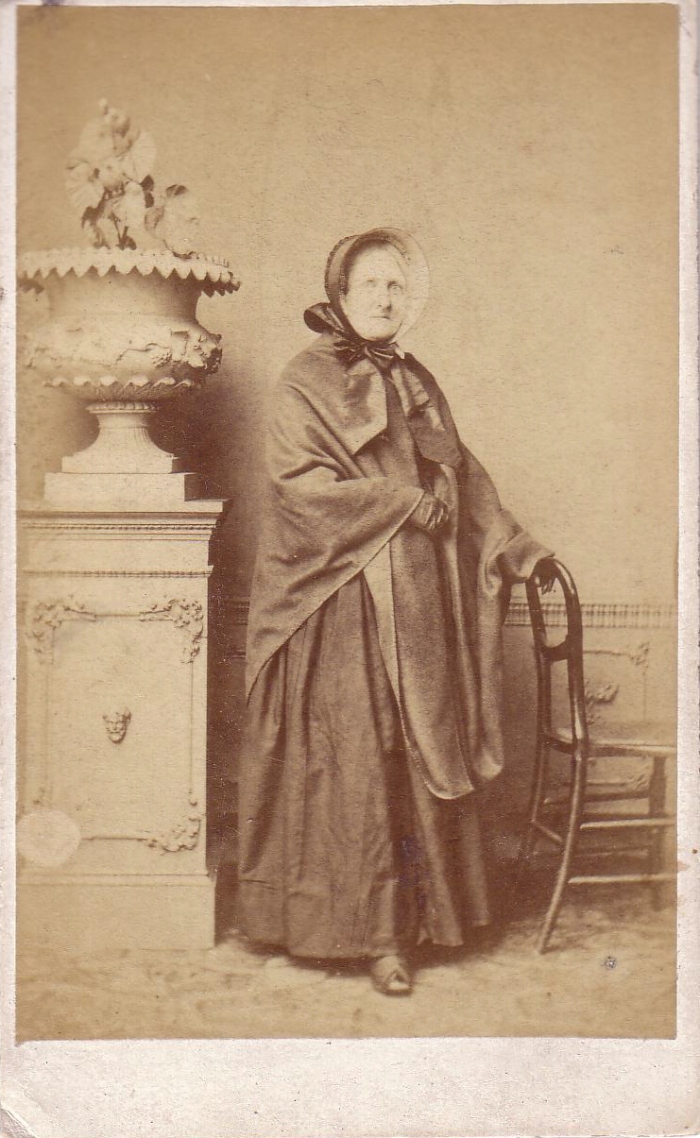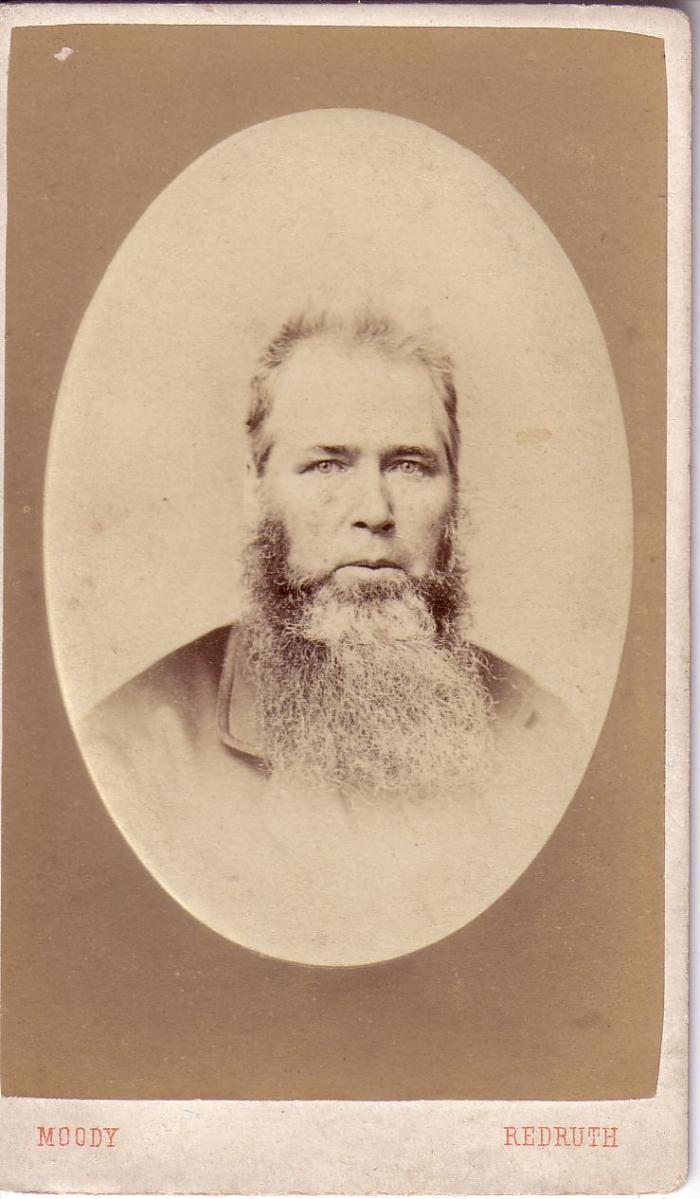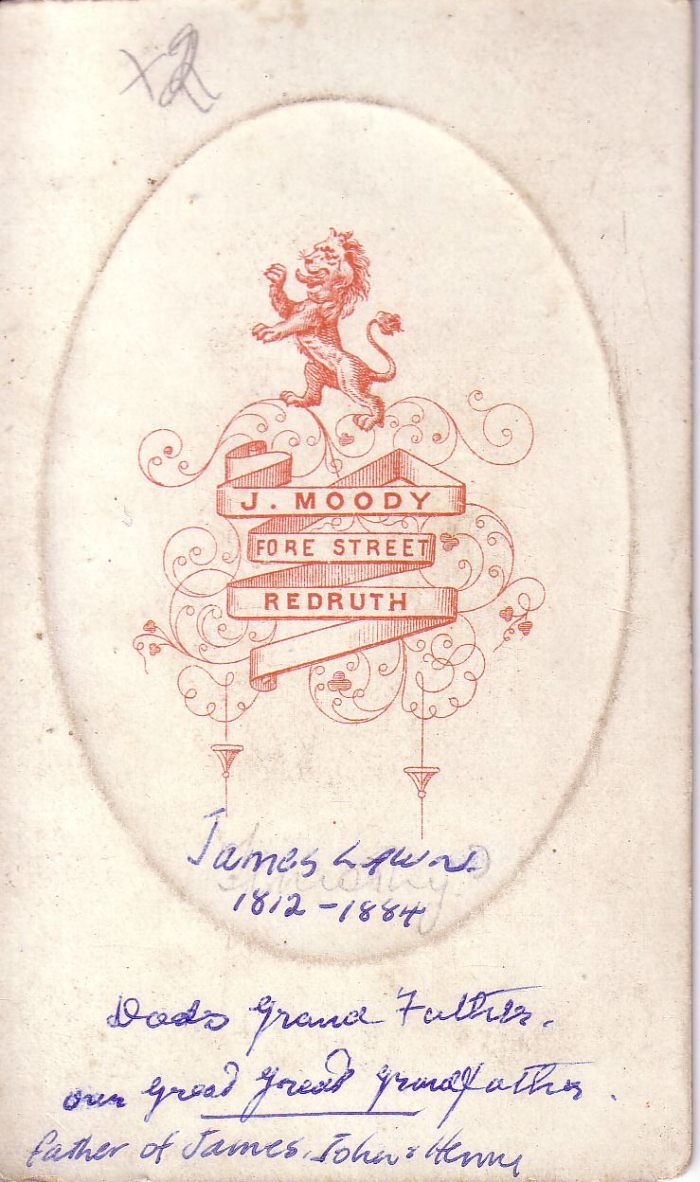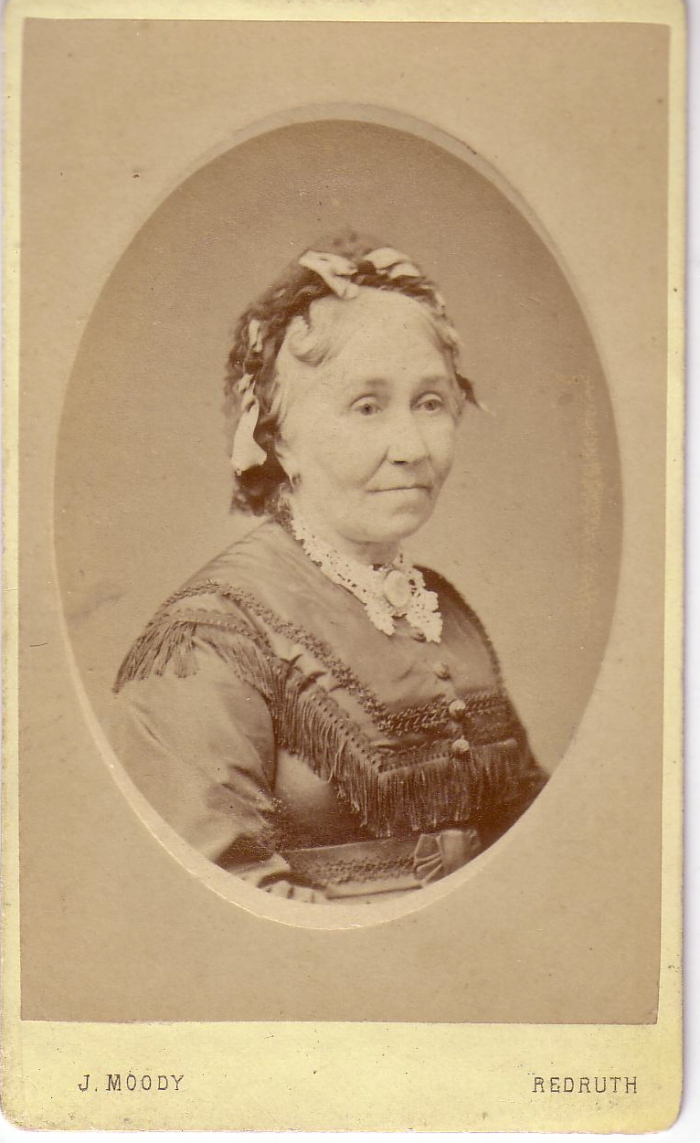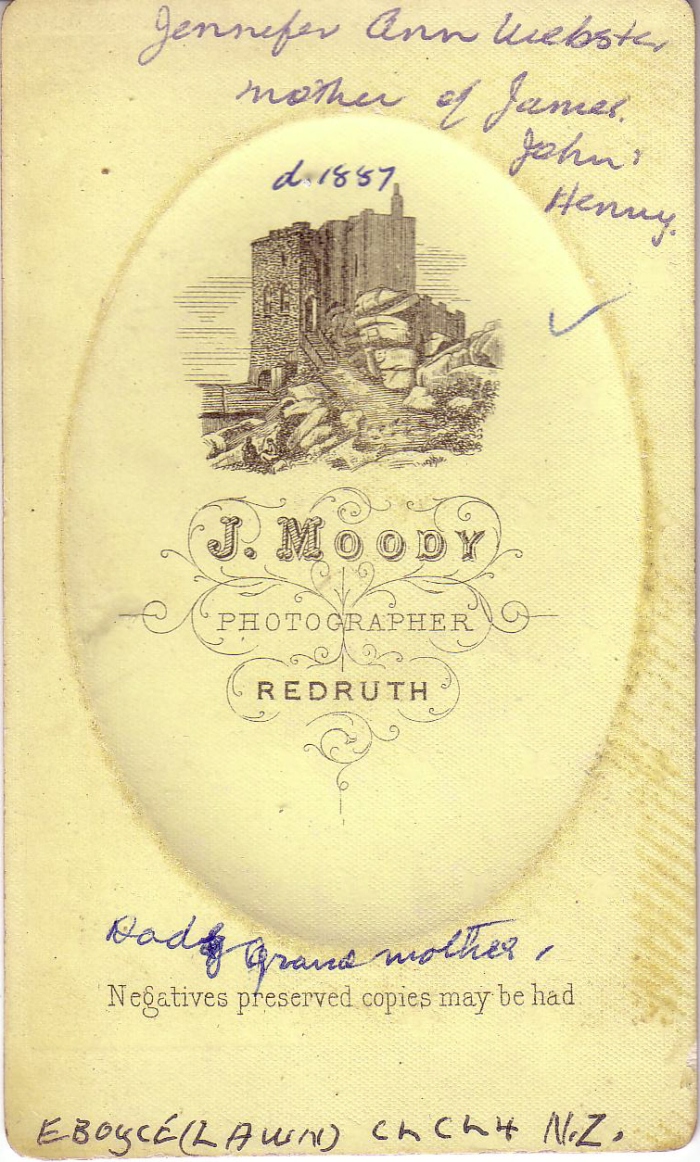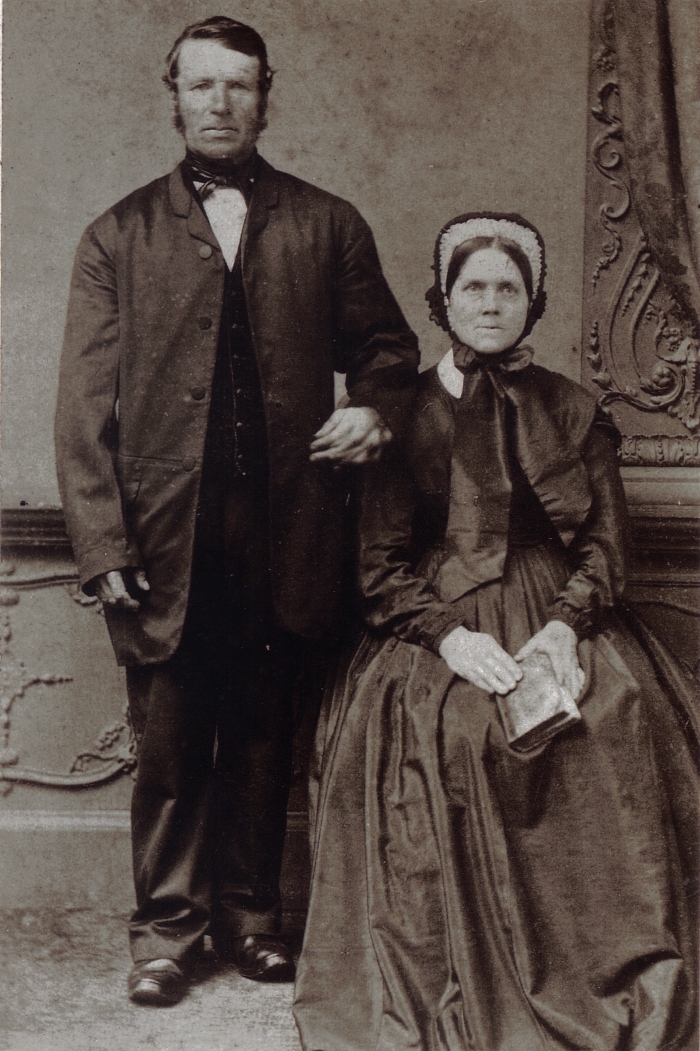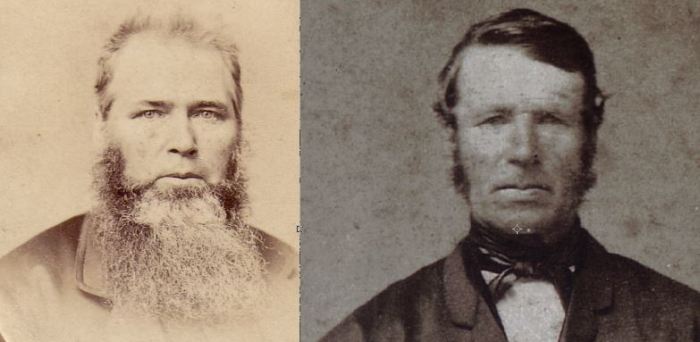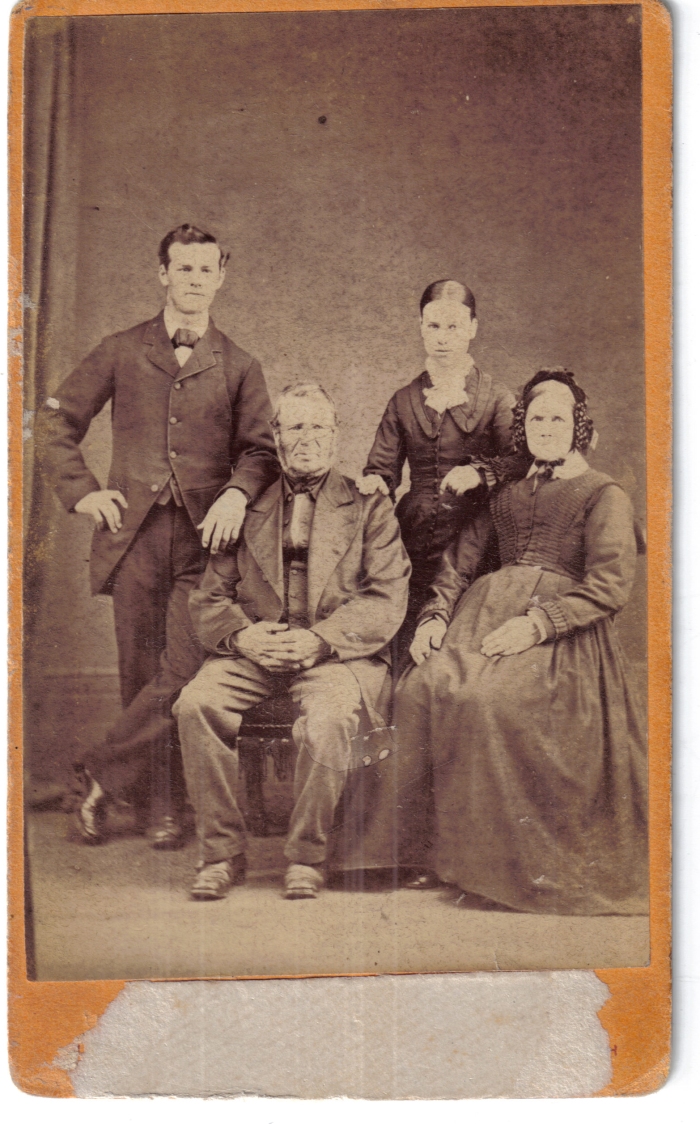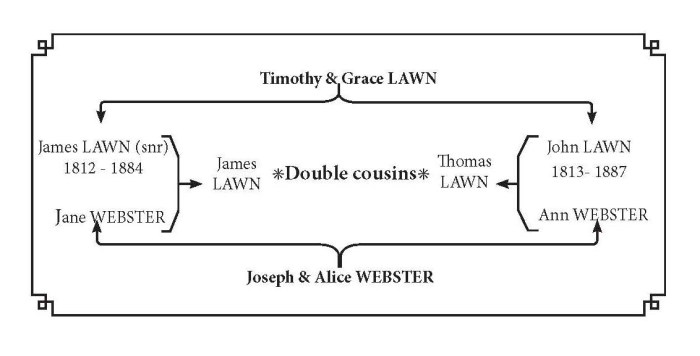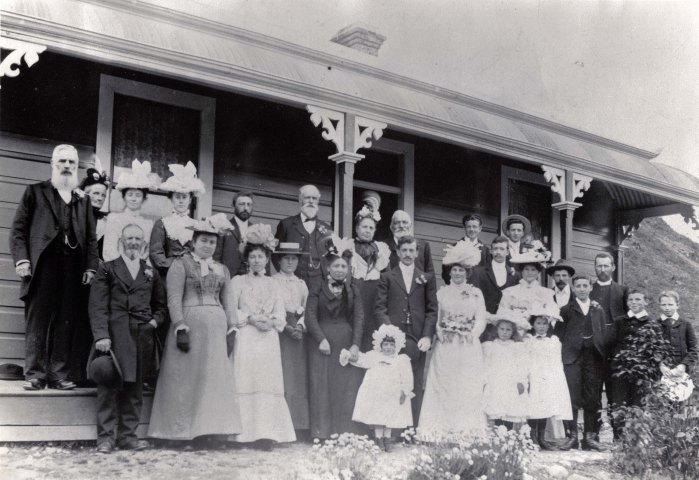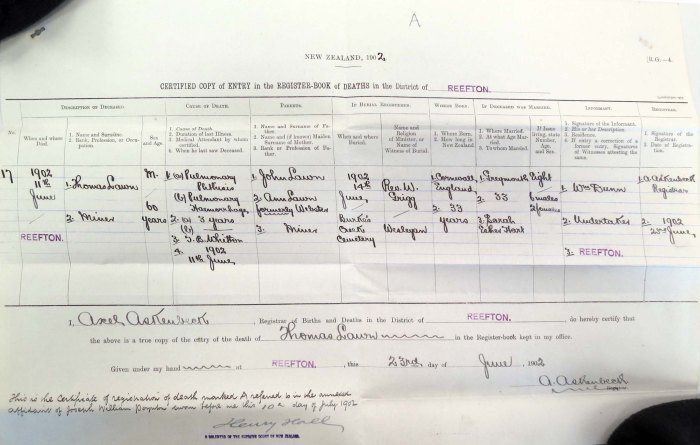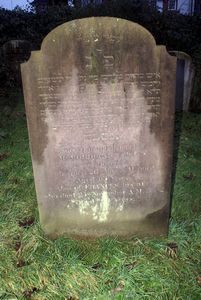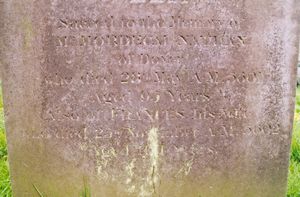Following on from my previous post about the Lawns in Dalton in Furness, is the story of James Gunson Lawn b 4 January 1868 , the only surviving son of John Webster and Eleanor née Gunson Lawn.
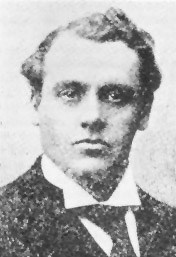
James Gunson Lawn was by all accounts a brilliant young man, but he had his share of sadness in his private life which is glossed over in biographies of his professional life. His first wife, Mary Searle, who he married in 1892, was a young school teacher and daughter of an Iron Miner. Together they had four children before Mary died aged about 35, not long after their youngest was born¹:
- Marjorie, b 1893, in Whitehall, Cumberland
- ‘Jack’ John Gunson b 1894, Wandsworth, Surrey
- ‘Laurie’ Laurence b 1898 in Kimberley, South Africa, and
- Brian Gunson b 1905 in Johannesburg, South Africa.
During this time (1899-1902) there was a lot of conflict in South Africa; and James was under siege from the Boers in Kimberley. In letters to his parents, now held by Bristol University he gives an account of conditions, including diet and weapons used. He sent his family to Stellenbosch to avoid the fighting during the Second Boer War.
James Gunson Lawn’s career has been documented in the Database of Southern African Science. The following is an excerpt from their website:
|
||
James married for the second time to Mary Beatrice Good around July – September 1908 in Bromley, Kent. Mary, born in 1874 in Stamford Hill, London, was the daughter of a Rope Manufacturer. In 1881, Mary, age seven is living with her father, siblings and an aunt, her father was widowed. By the time of the next census, Mary aged about 17, had left home. She is possibly the Mary Good recorded en route to Natal in 1902, so perhaps met the Lawn family in South Africa.
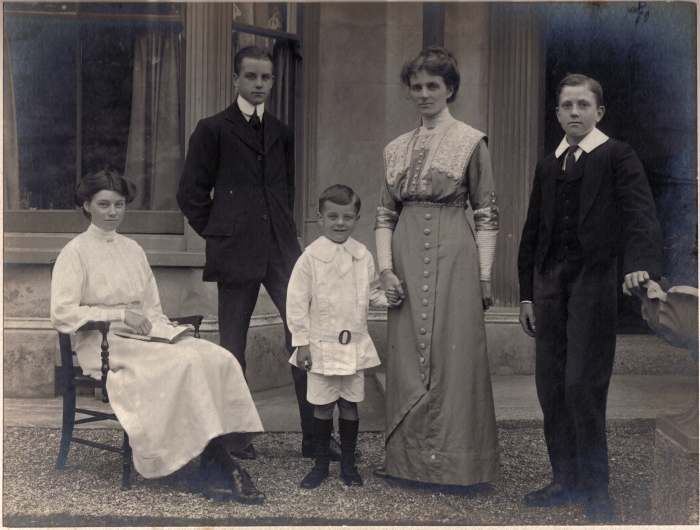
The daughter of James Gunson and Mary née Good, Genifer Coniston Lawn was born 7 Sept 1912 in Johannesburg. Mary died a couple of weeks later on 24 September from complications following the birth. A note I have remarks “As her mother died when she was born she was sent back to England aged six weeks to live with an aunt until her father remarried six years later”
This next photograph appears to be taken several years after the one above, yet still does not include the youngest daughter Genifer. The photograph was taken in Dalton in Furness.[HLR]
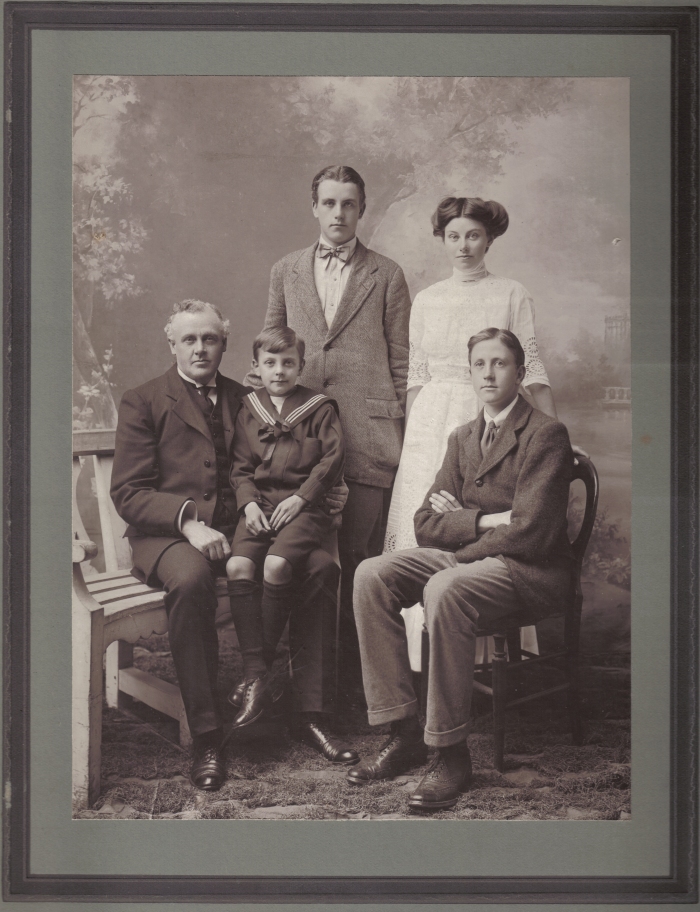
James married his third wife, Grace Thomas in Nottingham in 1918. Grace, born in 14 Dec 1872, was 45, and there were no children of this marriage. They were living at 52 Temple Fortune Hill, Hendon, Barnett, London the following year.
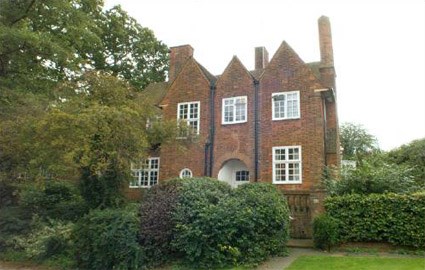
James, Grace and daughter Genifer lived in Surrey for some time; in the 1939 register they can be found at Long Acre, Shamley Green, Wonersh, Guildford, Surrey, with James Gunson Lawn listed as ‘Mining Engineer and Director of Companies’. A few years earlier a report in New Zealand newspaper showed his work was held in wide regard throughout the British Empire:
Professor J. G. Lawn, chairman of the Johannesburg Consolidated Investment Co., Johannesburg, speaking at the annual meeting of the company, said: “The most notable event of the year, and, indeed, the most important event that has ever happened in the history of the gold industry of South Africa, was the increase in the price of gold which occurred towards the end of December last, owing to South Africa being forced to abandon the old gold standard. Special reference was made to the Rand mines, but Professor Lawn’s remarks on them will be read no doubt with interest by those having confidence in mining development and possibilities in New Zealand.
18th December 1933, Evening Post.
The couple returned to South Africa in the late 1940s, and it was there that James Gunson Lawn died on 21 Oct 1952. Grace died three months after James Gunson in Eshowe, KwaZulu-Natal, South Africa, on 22 January 1953.
His book Mine accounts and mining book-keeping: A manual for the use of students, managers of metalliferous mines and collieries, and others interested in mining, first published in 1901 is still available as second-hand copies and digital versions on-line.


James Gunson’s children, like their father, were educated and well-travelled; they attended boarding school and university in England. Marjorie never married, Jack studied medicine and became a medical practitioner, as did Laurie and Brian. Brian also had an interest in translating medieval manuscripts and was a published author: ‘Notes on a seventeenth century almanack originally belonging to Richard Corbett Esq of Elton Herefordshire’ published in Woolhope Club Transactions 1939 and ‘Auctores britannici medii aevi V’. 1979 ( edited) Oxford University Press were part of his legacy. When Ross and Helen Lawn visited the UK they visited Brian Lawn in 1992 and his daughter Shirley. When Brian died in 2001 his books and manuscripts were left to the Bodelian Library, Oxford. Genifer was working as a secretary prior to WWII, then enlisted and served as a WREN from 1941-1944.
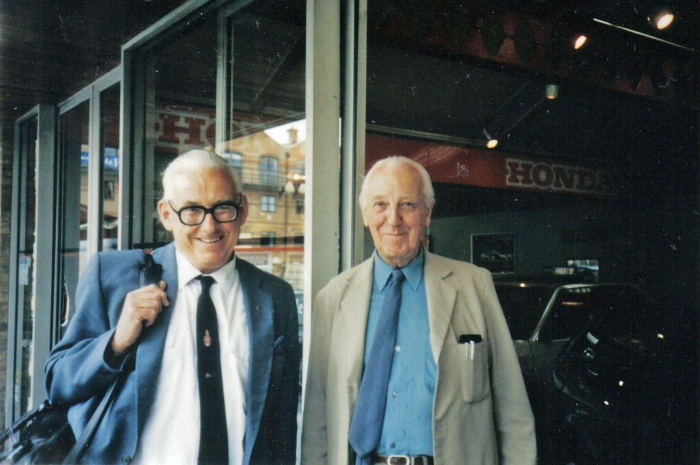
¹ Presumably Mary (née Searle) Lawn died sometime between 1906 and 1908 in South Africa; so far I have yet to identify a death or burial record; most South African records are not searchable on-line.
² These photographs are unnamed and undated, however the approximate age of the children is a guide to their date. Compared to the earlier photo (see previous post) of the John Webster Lawn family, the woman appears to have a different nose and eyebrows. Very little is known about James’ wives, except for marriage records, and the probate files for his second and third wife which also gives their dates of death.
Acknowledgement: Thanks to my cousin Peter Walker for providing the impetus for researching both James Gunson Lawn and his father John Webster Lawn (albiet several months from the original suggestion!) and special thanks for providing newspaper transcripts.



